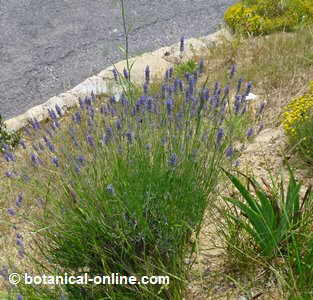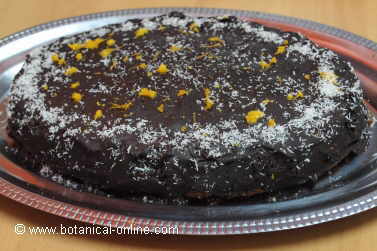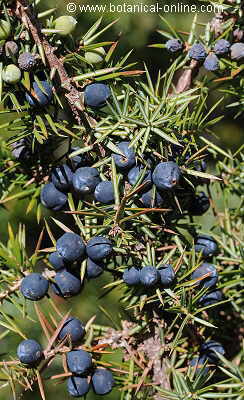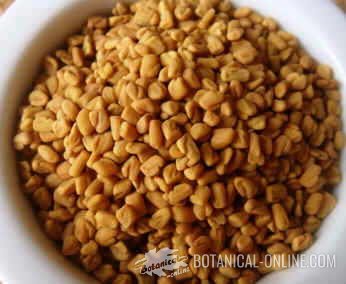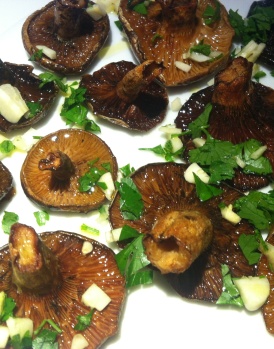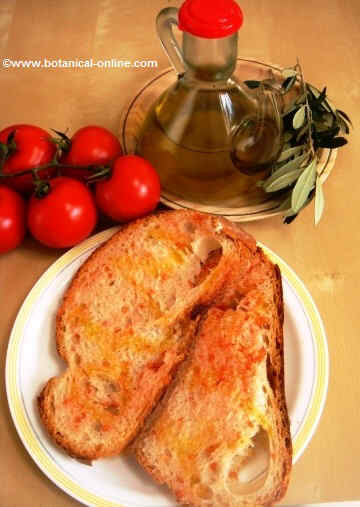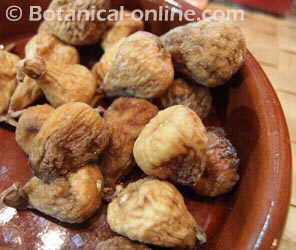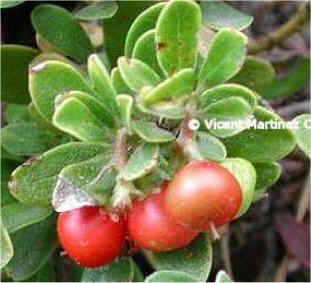Contents
What is a black poplar tree?
Characteristics of black poplar tree
Common English name: Black poplar, black aspen.
Scientific name: Populus nigra. The name comes from the Latin names “Populus” (= Poplar or Poplar) and nigra (black).
*See: Black poplar in other languages
Family: Salicaceae
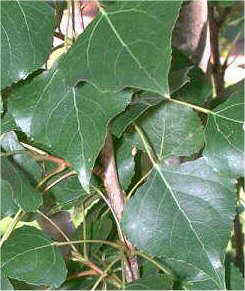
Photo of poplar leaves
Description of poplar
Deciduous tree of the Salicaceae family up to 35 m, although it does not usually grows more than 25. Horizontal, bent down branches that give it a generally open aspect. Its roots are deep, capable of reaching parts of the soil where they can find moisture. Thick and erect trunk with gray bark, smooth initially, but it cracks as the years pass, with black vertical stripes that give it its distinctive name “nigra.”
Leaves coriaceous, glabrous, bright green both sides, finely toothed, with to 6 cm long petioles, characteristically flattened, ovate-triangular or rhombic ovate, ending in a long point (acuminated).
Flowers gathered in hanging inflorescences (catkins) appearing before the leaves. The male catkins are red and elongated. The female catkins are green and have a smaller length than the male. The male and female flowers are distributed in different trees (dioecious tree). Young branches with buds of yellow or brown viscous resin producing fragrant odor.
The fruit is a capsule with seeds covered with a cottony layer. It blooms between February and March. Pollination is done by wind during the months of April and May, taking advantage of the low seed weight and the buoyancy that provides their cottony fiber cover, which, being scattered by the wind, creates under the trees a very characteristic white coating.
It is a very fast growing tree, especially when found along rivers with abundant moisture available.
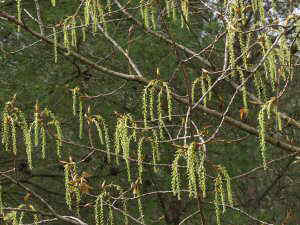
Photo of poplar inflorescences (catkins)
Varieties of poplars:
We can find the following varieties:
- Populus nigra cv. Italica, called the Lombardy poplar, with a more narrower aspect. Its branches do not grow as horizontally but vertically and at the very bottom of the trunk, which gives it its characteristic shape of a column. It grows very fast, so it is widely used in gardens and parks.
- Populus nigra var. betulifolia.
- Populus nigra var. pyramidalis
- Populus nigra var. thevestina
- Populus nigra var. sinensis
Poplar habitat:
Its area of influence extends from North Africa to Siberia. It is more common in eastern, central or southern Europe and warm areas of western and central Asia. No one knows exactly its area of origin, although most researchers place it between eastern Europe and western Asia.
It generally deals with wetlands and river valleys with rich soils, from sea level to 1800 meters of altitude. It occurs mainly in riparian forest, mixed with other very characteristic trees such as alder, willow and ash and other poplars, such as white poplar (Populus alba), or aspen (Populus tremula). It is widely grown throughout the world, especially the variety Italica.
The habitat of the black poplar, however, is being phased out, putting in some places the species at risk. The main reasons are the control of floods in river valleys held by the regulation of water in the swamps. This has led to a lower contribution of flow with the consequent reduction in these forests and their replacement by other types of trees that are better adapted to new terrain, such as oak or pine.
Sometimes they are replaced by other poplars exported elsewhere, such as the Eastern cottonwood (Populus deltoides) and Canadian poplar (Populus X canadensis) that are considered economically more profitable because they have a faster growth. The loss of genetic quality by hybridization with these species is also a concern. Finally, we add that, unfortunately, many of the wetlands where they produced large forested areas have been drained and replaced by urban areas.
Uses of poplar
The main uses of poplar are the following:
- Gardening: For squares and gardens because of its stunning look and to provide a thick shade. Also as a screen to stop the wind, standing in a row (More information on its cultivation in the listing below)
- Industrial uses: It is a very fast growing tree, so it is used in intensive planting to provide timber. The wood is soft and weak, even more than Populus x canadensis. It is easy to work, although shortlived. It is used to produce lowquality materials such as boxes, pallets, crates, matches, frames, wooden lower quality structures and, especially, in the production of cellulose for making paper pulp.
- The wood was sometimes used as a substitute for cork since, having a low density, it has a great buoyancy.
- From the young branches, by cutting and leaving them immersed in water for 24 hours, we have a product with hormonal properties used for rooting cuttings.
- Medicinal Uses: Used mainly for its antirheumatic properties, diuretic and to treat pain. (More about its medicinal properties in the listing below)
Main poplar growing and importing countries
The following table shows, according to FAO studies, the global forest areas where the poplars are the main tree.
| Main countries with forest areas that include poplar as the main tree | |
| Country | Million hectares |
| Canada | 17,8 |
| United States | 8,75 |
| China | 6 |
| France | 0, 245 |
| Turkey | 0, 145 |
| Romania | 0, 113 |
| Spain | 0, 102 |
| Belgium | 0, 040 |
| India | 0, 040 |
| Bulgaria | 0, 025 |
| Croatia | 0, 019 |
| Chile | 0, 015 |
The following table shows, also according to the FAO, the countries that imported and exported more poplar wood.
| Major importers of poplar wood | |
| Country | Cubic meters |
| Italia | 636.000 |
| Belgium | 155.000 |
| Finland | 150.000 |
| France | 0, 245 |
| Turkey | 0, 145 |
| Romania | 0, 113 |
| Spain | 0, 102 |
| India | 0, 040 |
| Bulgaria | 0, 025 |
| Croatia | 0, 019 |
| Chile | 0, 015 |
| Major exporting countries of poplar wood | |
| Country | Cubic meters |
| Romania | 250.000 |
| Belgium | 233.000 |
| Croatia | 36.000 tm |
| Spain | 13.000 tm |
![]() More information about poplar.
More information about poplar.

